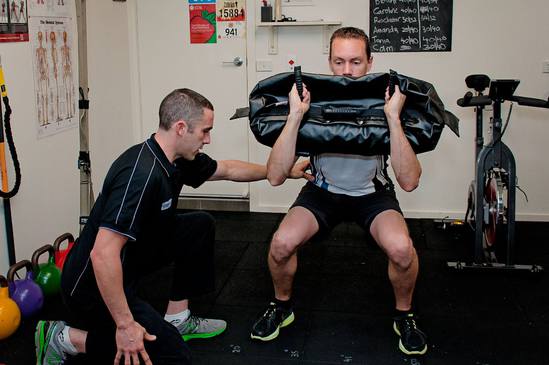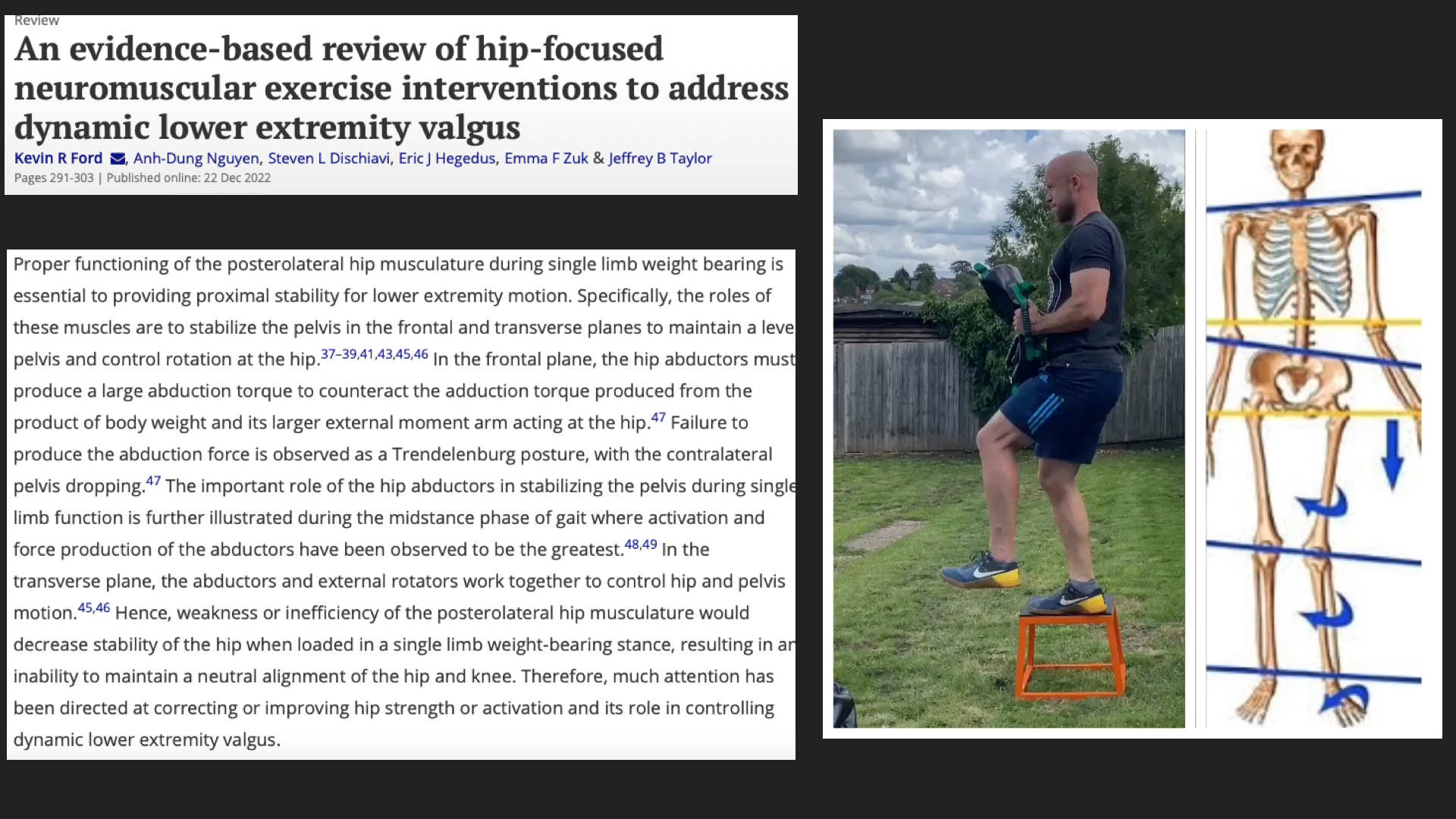3 Keys To Lift Heavy & Not Hurt
2024-08-13
For so many people the idea of getting stronger, building lean muscle, and feeling better sounds great! However, this idea often clashes with the thought by most, that in order to lift heavy you are also going to have to hurt a bit. Pain should NOT be a byproduct of a good strength training program, even when the goal is to lift heavy to build strength, bone density, and more. As renowned physical therapist Lee Burton says, “exercise should not be an injury risk factor”. How can we lift heavy and not feel like our bodies are falling apart? Here are three key strategies….
Be Aware Where You Hold The Weight You Are Lifting
Whether it is online or you go to most gyms, the default for most people trying to lift heavy is to put weight on their back. Yes, there are people that can withstand and even thrive (for a while) with the load on the back. Research tells us though that we are increasing the stress on our backs and because we have natural degeneration as we age, people have a harder and harder time tolerating these loads without significant discomfort and pain.

Does this mean that in order to lift heavy we have to choose whether to be strong or potentially have low back issues? Not at all! A study comparing back and front squats found, “bar position did not influence muscle activity…The front squat was as effective as the back squat in terms of overall muscle recruitment, with significantly less compressive forces and extensor moments” (PMID: 19002072)
What freaks people out about this study was that the difference in weight of the back squat and front squat in the above study was around 44 pounds! Meaning, we can’t just know how much someone lifts to know how intensely they are training, but also where the position on the body the weight is being used. This means we can lift heavy and build strength/muscle while reducing risk to our low back.

Tools like kettlebells and Ultimate Sandbags allow us many ways to progress and lift heavy in the squat without risking our low backs while also getting strong and building muscle.
Add In Some Stability
One of the main points about the study above is that heavy can be misleading if it is always with a stable tool under stable lifting conditions. This is why many professional strength coaches utilize drills and methods that have elements of stability to them. It doesn’t have to be anything crazy, in fact, the less of a circus trick it is the more effective. For example, a study comparing pressing barbells and dumbbells seated and standing found the exercise that activated the MOST upper body muscles was standing with dumbbells. Even though it was the smallest weight used (because it required the most stability) it used more of the body when trying to lift heavy (PMID: 23096062).
This should tell us that using unstable tools that differ in their instability (like kettlebells and Ultimate Sandbags) can allow us to use MORE of our body when we lift heavy while also working on qualities that will make us more resilient.

Use Different Directions Of Movement
One of the reasons that people focus on their efforts to lift heavy in what is familiar in the gym is that they leave gaps in their strength. Our everyday movement requires movement in all 3 planes of motion. In fact, our inability to resist forces that are pulling us laterally or into rotation are key reasons that we see more knee, low back, hip, and even shoulder issues.

Most people don’t move well and therefore never load these other patterns in the same way they would try if they wanted to lift heavy in the gym. This is a hugely missed opportunity to build strength that transfers to more movements in real life and even in sport.
The point is that if we follow these three methods of how to lift heavy and build greater stability and mobility at the same time, we actually are doing better “bodybuilding” than what most do in the gym. How can such a workout look like? Yes, we start learning how to press, squat, lunge, pull, rotate, hip hinge, and use locomotion well, but below you can see how we use these concepts to lift heavy and achieve so much more!
Check out more workouts like this in our NEW 6-month Bags, Bells, Balls, & Bands complete training program. Get it for 30% off with code “workout30” HERE for a limited time and don’t miss our great new Mobility Training balls HERE
© 2026 Ultimate Sandbag Training. Site by Jennifer Web Design.







